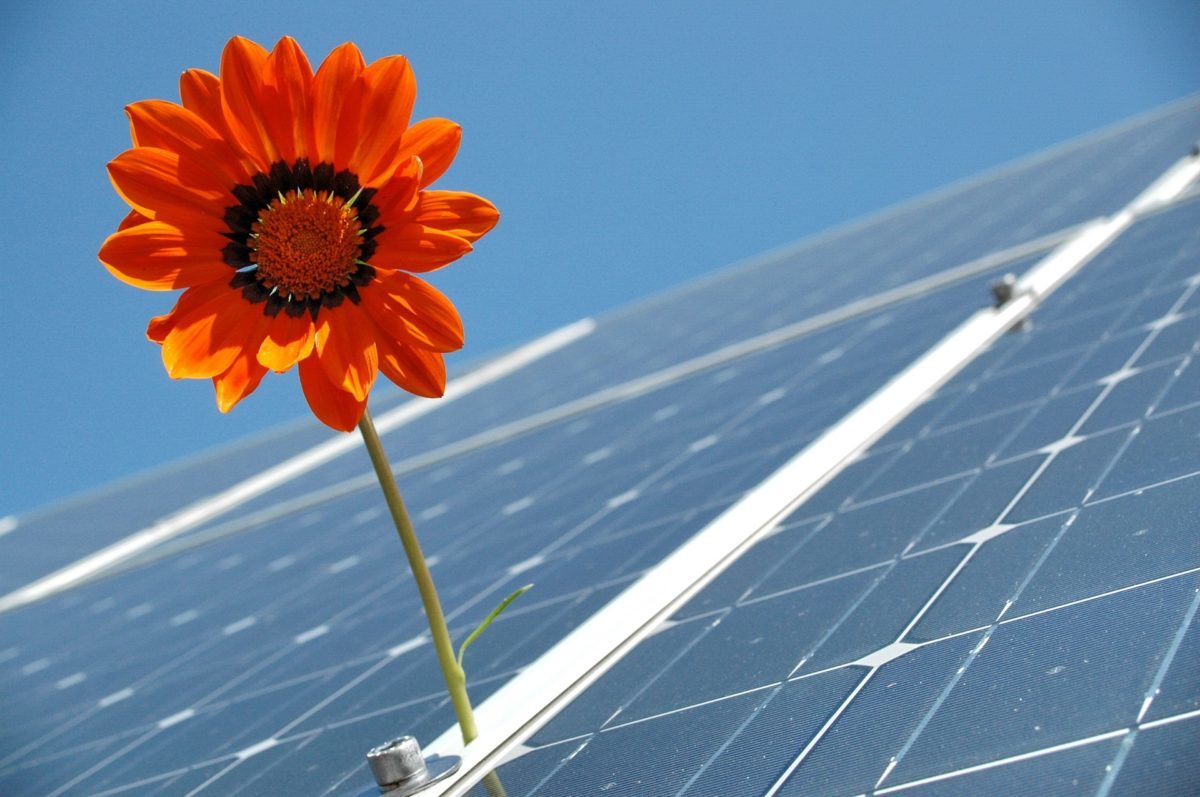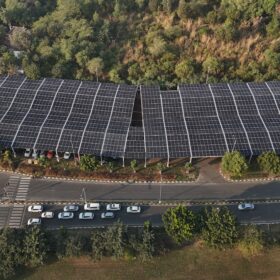Scientists at Australia’s Charles Darwin University have conducted a cradle-to-grave life cycle assessment (LCA) of the four most widely used PV technologies; monocrystalline silicon (mono-Si), multi-crystalline silicon (multi-Si), amorphous silicon (a-Si) and cadmium telluride (CdTe).
The LCA was based on the ‘ReCiPe’ life cycle impact assessment method first developed by academics in 2008. This method utilizes a total of 21 indicators to evaluate the environmental impacts of a technology or product on three higher levels: human health, biodiversity and resource scarcity. The indicators focus on single environmental problems, such as climate change.
To keep reading please visit our site pv magazine International
This content is protected by copyright and may not be reused. If you want to cooperate with us and would like to reuse some of our content, please contact: editors@pv-magazine.com.









By submitting this form you agree to pv magazine using your data for the purposes of publishing your comment.
Your personal data will only be disclosed or otherwise transmitted to third parties for the purposes of spam filtering or if this is necessary for technical maintenance of the website. Any other transfer to third parties will not take place unless this is justified on the basis of applicable data protection regulations or if pv magazine is legally obliged to do so.
You may revoke this consent at any time with effect for the future, in which case your personal data will be deleted immediately. Otherwise, your data will be deleted if pv magazine has processed your request or the purpose of data storage is fulfilled.
Further information on data privacy can be found in our Data Protection Policy.